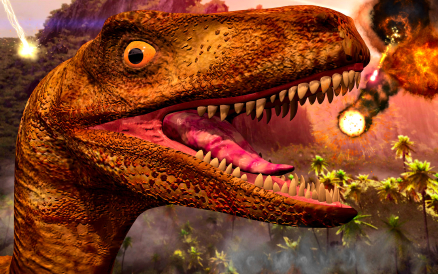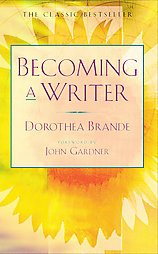 by Mike O’Mary
by Mike O’Mary
When they talk about a service economy, they don’t necessarily mean good service.
I recently came across some examples of customer service that indicate to me that if we are becoming more and more a service economy, we may be in serious trouble.
For example, I went to a fast food establishment and approached the counter. There were several cash registers spaced out across the length of the counter, and I stopped at the first one I came to. It wasn’t a busy time. As a matter of fact, I was the only customer in the place. There was one cashier behind the counter. After a few moments, the cashier approached me and asked if I had been waited on. I said no, at which point the cashier walked all the way to the register at the far end of the counter and pronounced, to no one in particular, “Can I help someone?” No wonder there was no one else in the place.
I wasn’t too surprised to receive that kind of service from adolescent counter help at a fast food place, but I was surprised to hear about the owner of a local restaurant who treats his customers well when they’re patronizing his establishment, but doesn’t extend the same courtesy to them elsewhere. In this case, the restaurant owner apparently had a problem with his bank statement. He took the statement to the bank, threw it on the desk of a bank employee, and started berating the employee. The mistake wasn’t the employee’s fault, and she did everything she could to help, but that didn’t seem to matter. What the restaurant owner neglected to consider was the fact that the bank employee, her parents and some of her friends–including me–were all patrons of his restaurant. Now, none of us are.
When it comes to customer service, the old adage applies: Do unto others as you would have them do unto you. Endeavor to treat EVERYBODY as your customer or prospective customer. That adolescent kid at the fast food place might need a freelancer some day.
Mike O’Mary is founding dreamer of Dream of Things, an independent book publisher currently accepting creative nonfiction stories for anthologies on 15 topics.

 by Mike O’Mary
by Mike O’Mary  by Mike O’Mary
by Mike O’Mary  by Mike O’Mary
by Mike O’Mary  by Mike O’Mary
by Mike O’Mary  by Mike O’Mary
by Mike O’Mary